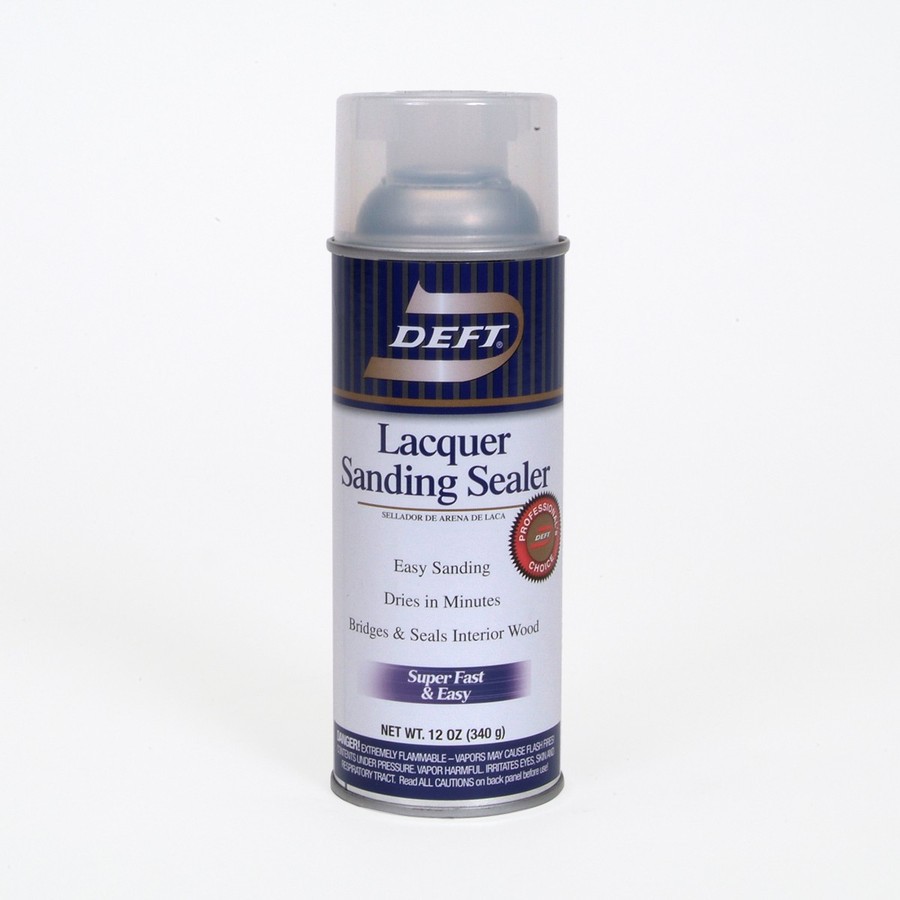Interesting....thanks for the suggestions.
The CA approach sounds interesting. Rex and Bob, how do you apply the CA? CA has surprised me....it flows ridiculously easy (isn't it supposed to be less viscous than water?). Do you just "paint" the nose cone with the little nozzle on the typical CA bottle?
That's what I do... should be some pics of the process in one of my Dr. Zooch Beta Build threads...
It doesn't make the cone "bulletproof", but it DOES help reduce dents and dings.
What I use is the pink bottle "ultra thin CA" from Hobby Lobby. I take the balsa cones or transitions and the CA outside, in a paper box lid (low sided cardboard box works well) that I line with a piece of wax paper. (The wax paper prevents the cones from "gluing themselves" to the box when they're set down in there to dry. If you're prone to gluing parts to yourself or gluing your fingers together with CA, or just don't like having CA "glue scabs" on your fingertips, I'd also recommend gloves. This is DEFINITELY a project to do OUTSIDE, because the CA fumes are QUITE overpowering (like tear gas!). I recommend doing it in an area with decent airflow, with the breeze coming from either your left or right, NOT into your face or at your back (into your face will whip the fumes straight into your face, obviously, and the wind at your back can whip the fumes around into your face as the breeze curls around you due to turbulence.) I take the cones, hold them "tip down", and starting at the back edge of the cone directly above the shoulder, I start squeezing out CA onto the surface and gently "rubbing it around" onto the cone as I gently turn it, holding it at least 45 degrees tip down, and slowly turning it. The balsa will rapidly "drink in" the CA, sucking it down deep into the wood by capillary action down into the pores and grain of the wood. It will react with residual moisture in the wood and begin curing. Just continue turning and spreading CA onto the cone, working down toward the tip, letting the wood soak up as much CA as it will take. Beware that 1) the CA CAN be pulled up all the way to the end of the cone shoulder, as it follows the wood grain via capillary action... this can glue your fingers to the cone if you're not careful. 2) The other thing is, CA reacts with moisture to cure... if the wood has a little higher moisture content than most commonly does, it can react VERY quickly, releasing considerable heat, which can drive the moisture out of the cone as smoke or steam and heat the cone up. Not a big problem, but be careful-- you don't want to breathe those vapors-- CA fumes are *powerful* and act like tear gas!
Anyway, let the wood take in as much CA as it will hold. It will cure inside the wood grain and eventually seal it off, and the wood will simply not take any more in. As more is applied, it will eventually just run down to the tip and drip off. At that point, wipe off any remaining CA from the tip with a paper towel (very quickly so you don't glue it to the cone) and then set them up on WAX PAPER to dry (so they don't glue themselves to the cardboard box). In about 10-15 minutes, you'll be ready to move on to the next step.
Now, the CA treatments tends to leave a very rough, gritty, textured surface. Basically, it raises any "balsa hairs" (stray uncut wood fiber from the cone being manufactured to the correct shape) still attached to the wood, and any wood dust hiding down in the pores or wood grain, and turn it into a sort of solid "concretion" on the surface. No matter how clean and smooth the cone APPEARS to be before CA application, it WILL be rough and gritty afterwards-- can't be avoided. Sand the cone down smooth with 220 grit to get the rough stuff, and then 400 grit to smooth it out to the point its ready to take thinned Carpenter's Wood Filler (CWF) or whatever method of filling you want to use.
Later! OL JR

Later! OL JR








